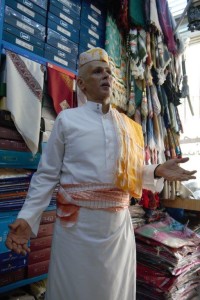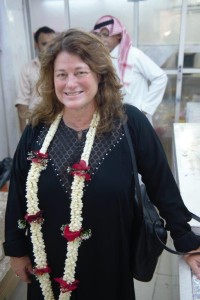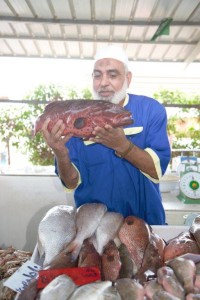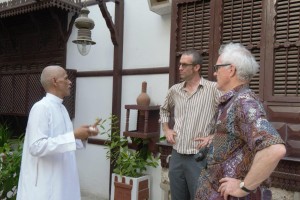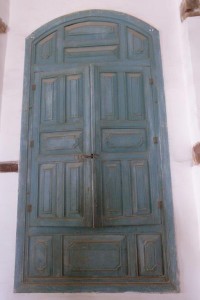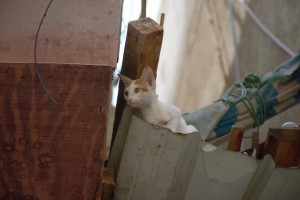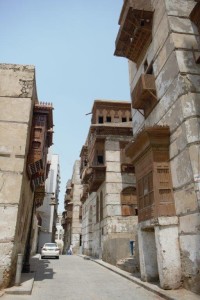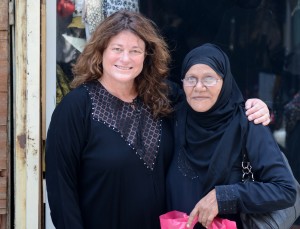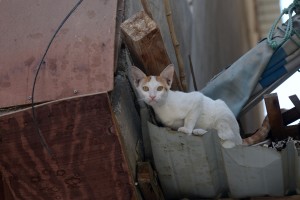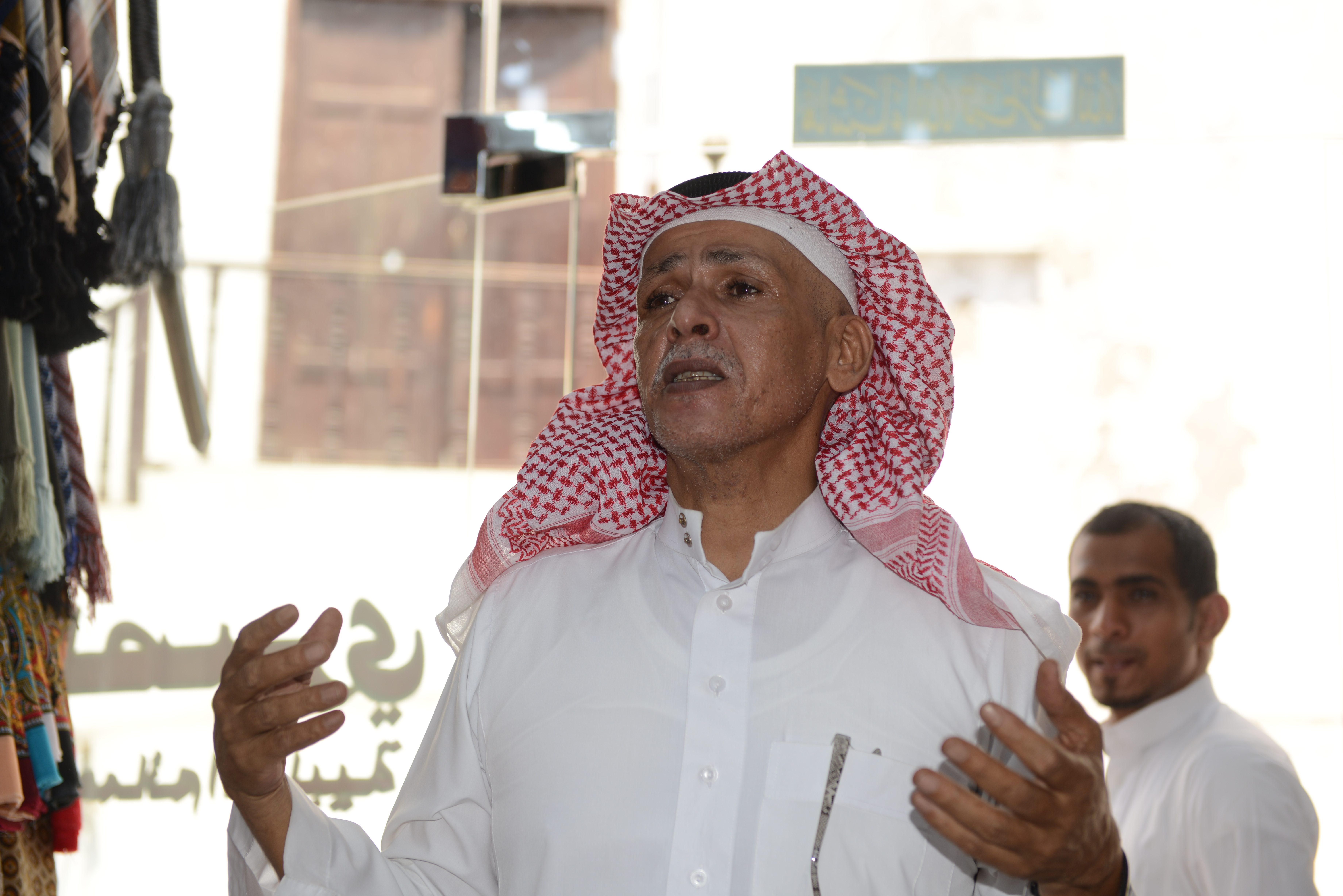It was with some trepidation, but also curiosity that I venture forth on a work trip to Saudi Arabia. I’d heard about the subjugation of women and their not being able to drive, having to wear black shrouding clothes, and worse.
I had visions of very rich sheiks and oil barons, women in black, and Bedouins traversing the desert.
I landed in Jeddah, Saudi’s second largest city, situated on the Red Sea on the west side of the Arabian Peninsula. I was whisked though customs by our host organisation, the King Abdullah University of Science and Technology (KAUST). Then we drive for an hour through flat desert where plastic fragments blow against low fences.
The Western, modern, secure and very new community surrounding the oasis that is KAUST shields us from the real Saudi Arabia.
Our first foray into Jeddah is on a Thursday night, the start of the Saudi weekend. The weekend used to start a day earlier, to be on Thursday and Friday, but several weeks ago the King changed it to Friday and Saturday, effective immediately.
Our first stop is old part of Jeddah (Historical Judah), where houses constructed of dead coral and teak are teetering or already tumbled over. Rubbish and skinny small orange tabby cats lurk in the corners. Men and small boys sit on upturned boxes in dusty squares or corners talking and playing unusual games.
Some men have the traditional long white gowns on (the Saudi call it a Thoub, and in Gulf the countries they call it Dish`Dasha). Some also have the red-checked veil (Shemagh) with black bands over their heads.
The women appear to be locked away somewhere, and I fasten my borrowed Abaya (black flowing robe that covers the whole body from neck to feet) and fasten the black scarf (Tar`ha or She`lah) around my head.
We head to the shopping area and explore the date shops, tasting the different varieties. There are women here, all with Abayas on. Some, including the few western women I spot, don’t wear a head scarf. Apparently, this would never be allowed in the far more conservative Saudi capital of Riyadh. It’s with relief that I remove my head scarf and let my hair free.
Suddenly, speakers chant the call to prayersand immediately all the shops along the street and in the mall shutdown. They won’t open for another 20 mins, and, we window shop instead.
On the hour and a half journey back to KAUST, we reflect that we are not that impressed with Jeddah, but we also have a feeling that maybe we haven’t given the city the chance it deserves.
After a web search, we uncover one company that appears to do English speaking tours – Sadd Al Samallaghi Tourism Co. Ltd. After some haggling we agree on 1500 SAR (about A$180 each) for the three of us for a full day tour before we leave the country.
And so it is that we meet Hatem Jameel at 9.30am on our last day in Jeddah. If you are interested in finding out about a country’s history, culture and people then Hatem is your man.
From the time we get into the car and start driving to the fish market, our first stop, Hatem (pronounced Hartim’) provides an engaging and enthusiastic commentary on Jeddah, the place he was raised and bred. He is half Saudi and half Yemenite.
This is not your usual tourist experience. In fact, I don’t think there are usual tourist sights in Jeddah. Rather, it’s more about its people, their stories and the places they live.
After the sights, smells and colour of the fish market, we experience a small narrow traditional souk run by people from Yemen. I try on a traditional flower necklace, and am given a bag full of lovely smelling flowers. Hatem tells me if I scatter them under the sheets, it will make a man very willing. He’s surprisingly frank and when showing us the spice shop, he points out a spice that women use for douching after a period or giving birth.
Hatem seems to know everyone, and all to our benefit. We enter a chocolate shop where the owner gives away a number of samples. Same with the date shop. We watch traditional food being made and are urged to taste it.
A traditional house is being renovated by a group of architects from Morocco. It used to be one of the King’s houses, but will be opened up as a museum once renovations are complete. Hatem manages to snag us a personal tour by one of the architects and we try and converse with our limited French.
Then it’s lunch at a traditional kebab place followed by an environmental tour of the city. Hatem shows us where he used to fish as a boy. Now it is reclaimed land covered in asphalt. Hatem is not happy about some of the planning decisions made and fears for the city’s environmental future. He also hates the plastic that flocks in unruly patches across the urban landscape.
Next stop is the camel farm. And no, this is not the usual tourist place where the camels are all clean, fat and bejewelled ready for transporting uncomfortable westerners. It’s a place where camels are bred, raised and sold. It’s a working dusty farm.
Feeling somewhat overwhelmed but delighted with sights, smells and facts, we head to the airport.
Hatem uses his contacts to make us first in line for ticketing, and then a new counter is opened expressly for us in Immigration. With Hatem, we feel connected and important.
We are also beginning to understand a little more of this very different culture. But it’s a relief to take off the Abaya, and get back into my normal clothes.
As we leave, I feel a confused sense of anger. I don’t think it’s fair that women should have to cover themselves in black in the desert heat while men wear white. I don’t think it’s fair that women should be forbidden to drive and vote. And yet, I want to be respectful of a fascinating culture which is vastly different to mine.
(3143)
